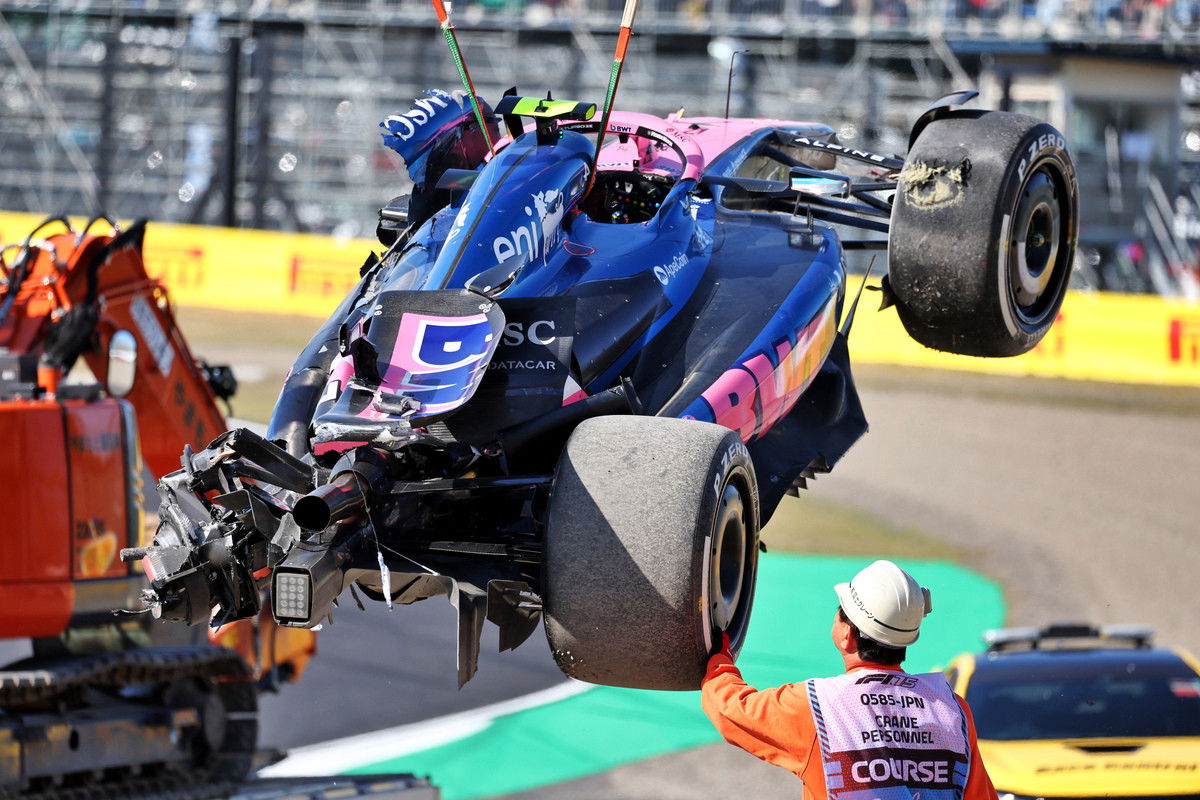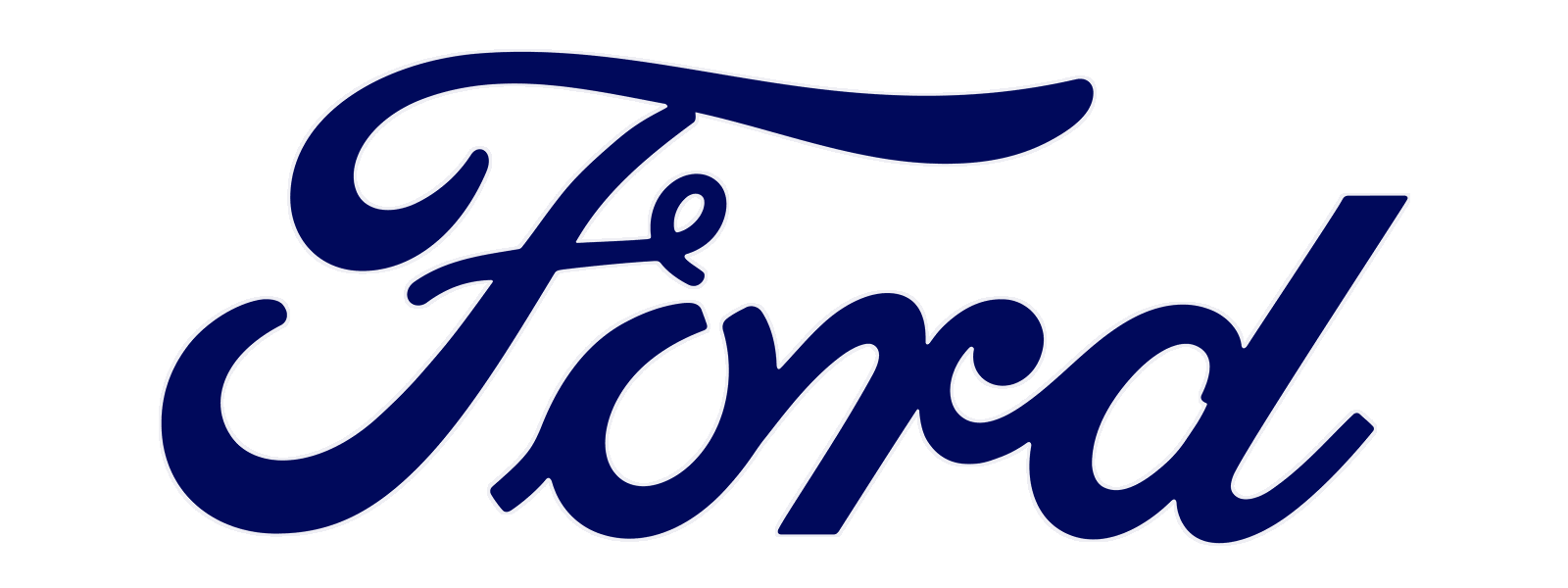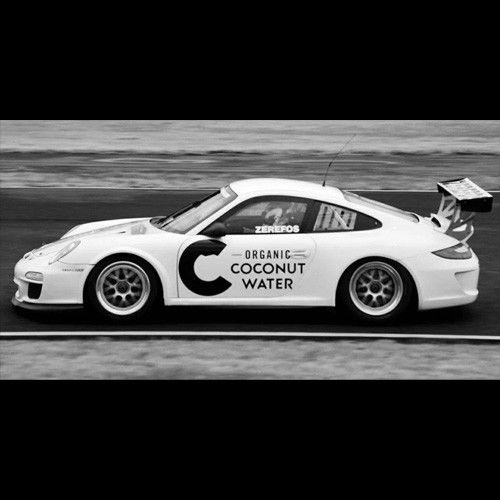
Doohan crashed at 300km/h at Turn 1 during Free Practice 2 on Friday.
It was a monumental crash and, understandably, he took his time to climb from the wreckage.
He then visited the circuit’s medical centre where he was cleared of injury and deemed fit to continue for the remainder of the weekend.
Back in the garage, the Alpine mechanics set about repairing the damaged car.
That saw every component save the power unit replaced.
The team only left the circuit in the early hours of Saturday morning, using one of Alpine’s two allowed curfew exemptions in the process.
It was a monumental effort, and Doohan thanked each mechanic for it the following morning, graciously reiterating those thanks when speaking with the media following qualifying yesterday afternoon.
The 22-year-old had completed only four laps when he crashed on Friday, his first session in the car after sitting out Free Practice 1.
In only his fourth grand prix weekend, it was decided that reserve driver Ryo Hirakawa would climb into the young Australian’s car.
That call was made because the team wanted to assess set-up changes to the A525 early in the year, with the experienced Pierre Gasly better equipped for that task.
The lack of early running meant Doohan was looking to make up for lost time, in many respects, when he was strapped in for Free Practice 2.
He’d prepared for the event in the usual fashion, with time spent in the Enstone squad’s simulator back at base.
There, he quietly developed a bad habit that ultimately proved costly.
While far more advanced than the commercially available software such as iRacing, Assetto Corsa, or rFactor 2, the bespoke simulators used by F1 teams still have limitations.
They are primarily an engineering asset with the driver development benefits largely secondary.
Even still, Doohan banked countless laps on the Alpine simulator during his pre-Japan prep, which helped him get an indication of how the car would handle and familiarise himself with the venue’s specifics, such as its DRS zone.
Suzuka is something of an anomaly on the F1 calendar.
Aside from being the only figure-eight circuit all season, it’s one of the very few venues where a DRS zone doesn’t feed into a braking event.
Typically, at the end of a DRS zone, a braking event snaps the wing closed, and the car regains its rear downforce, shifting the aerodynamic balance rearwards by around 10 percent.
The single DRS zone in Suzuka, down the front straight, feeds into the full-throttle Turn 1, with the first braking zone that of Turn 2.
Without a braking event at the end of the front straight in Suzuka, drivers need to either lift the throttle enough (around 20 percent) for the system to automatically close the wing or trigger a paddle on the steering wheel to manually close it.
In Doohan’s case, he did neither and turned into the right-hander at full throttle with the DRS wide open.
With little rear downforce and the aero balance shifted forward, the car quickly spun as Doohan became a passenger.
The underlying mistake, not closing the DRS, was the result of a habit developed during his time in the simulator, where he learned he could make the corner without needing to close the DRS flap.
Since he didn’t need to do it in the simulator, it was not second nature once out on track in the real world.
That disconnect between the virtual and real worlds proved costly.
The simulator habit was not caught while Doohan was in the Enstone factory, nor was it flagged by his new race engineer, Stuart Barlow.
Barlow was formerly Esteban Ocon’s performance engineer and was inherited by Doohan, and has a background in the team’s TPC program, giving him plenty of experience working with young drivers.
Still, the Doohan-Barlow relationship is brand new, with Suzuka their first race weekend together after Doohan’s former engineer, Josh Peckett, moved over to Pierre Gasly’s car.
Peckett had worked with Esteban Ocon since mid-2021 before Doohan’s arrival but swapped across the garage when his own engineer, John Howard, moved into a different role within the organisation following the Chinese Grand Prix.
Doohan’s crash was a by-product of inexperience, but one that had potential to have been caught and covered off before a wheel was ever turned in Suzuka.
Alpine did well to get Doohan out on track for Free Practice 3, and he was unlucky that two red flags for fires hampered his running.
Those interruptions on top of missing the opening session and the subsequent crash on Friday left him without the mileage he’d have typically had; he hadn’t pushed the limits and found the edge or had time to fettle the car precisely to his liking.
It all played a role in his early exit from qualifying as he and Alpine learned a painful lesson.
There is a broader lesson for F1, too, with the drivers having asked the FIA to look at ways to automatically close the DRS in zones like Suzuka where there is no clear braking event to close it.
Doohan’s crash highlighted a significant safety risk inherent within the sport.
It was raised with FIA race director Rui Marques on Friday evening in Japan where it was agreed that the governing body would investigate the matter.
While on the surface, a simple solution would be to use the car’s GPS location and close the DRS when a driver passes a specific point on the circuit, doing that reliably is difficult given the potentially significant outcomes that could result from the system failing.
The positive from the situation is that the safety measures in place to protect the driver did their job admirably, and Doohan was well protected in what was a frightful crash.





















Discussion about this post